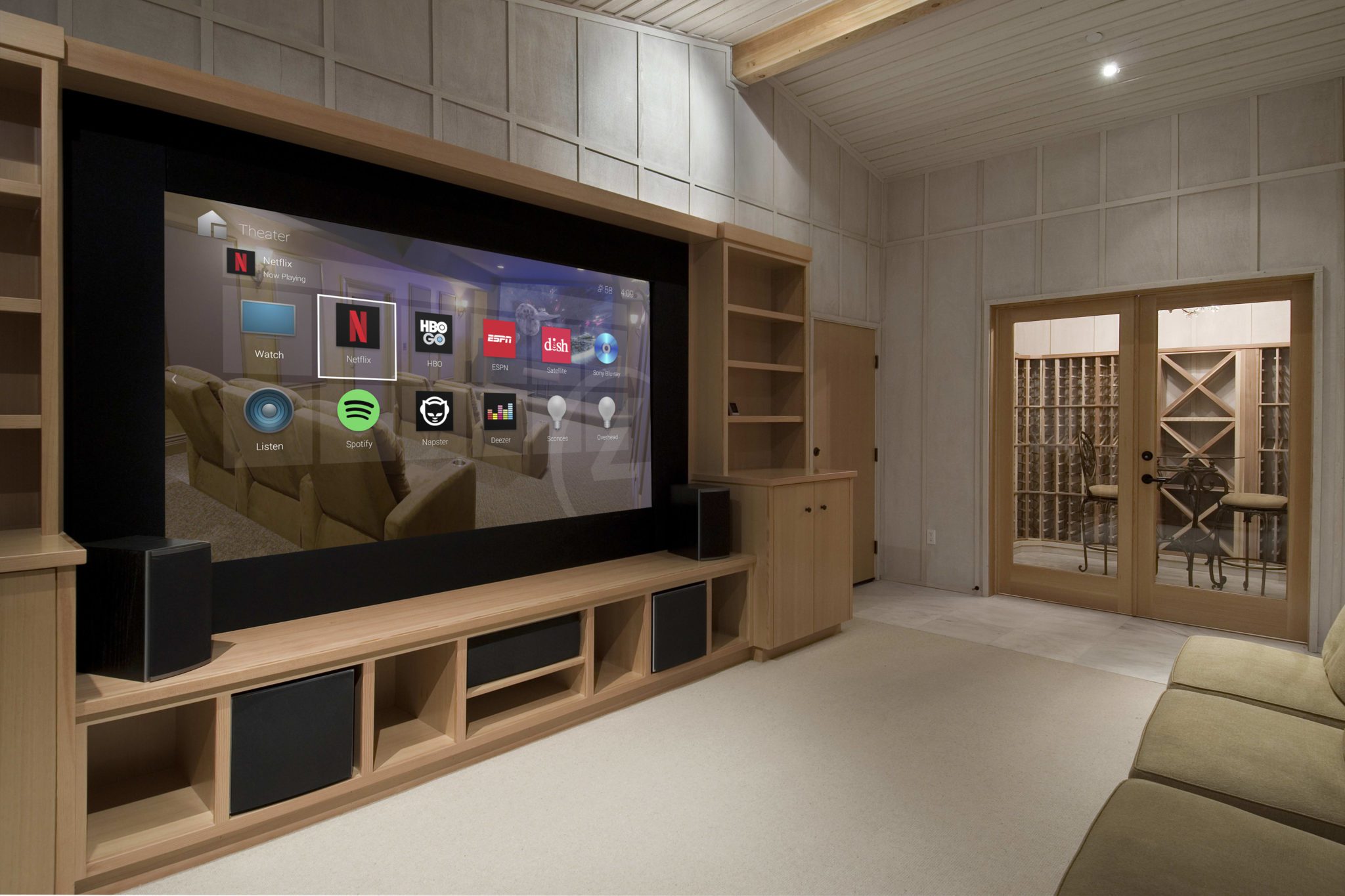
Do Video Signals Need to Be Routed Through a Home Theater Receiver?
With home theater, the role of the receiver (which is really a combination of a preamplifier and power amplifier) has changed significantly over the course of the past decade.
It used to be that the receiver took care of all the audio switching and processing, as well as providing power to the speakers. However, with the increased role of video, A/V or home theater receivers, as they are now referred to, also provide video switching and, in many cases, video processing and upscaling.
However, does that now mean that you are required to connect all your video source signals (such as VCR, DVD, Blu-ray Disc, Cable/Satellite, etc…) to your home theater receiver?
The answer to this question really depends on the capabilities of your home theater receiver and how you want your home theater system organized.
You can bypass the home theater receiver for routing video signals if you want to, and instead, connect the video signal from your source device directly to your TV or video projector and then also make a second audio-only connection to your home theater receiver. However, there are are some practical reasons why you might want to route both your video and audio signals through a home theater receiver.
Convenience
First off, it can be more convenient to send the video signal through your receiver, as a receiver can control all the source switching for both audio and video.
In other words, instead of having to switch the TV to proper video input that your video source component is connected to, and then also having to switch the receiver to the proper audio input, you can do it in one step if both video and audio are able to go through the home theater receiver.
Video Processing and HDMI
Also, if you have a home theater receiver that has built-in video processing and upscaling for lower resolution analog video signals, routing your video sources through the receiver can provide some advantages there as well, as the processing and scaling feature of the home theater receiver may be able to provide a cleaner video signal going to the TV than if you connected analog video source directly to the TV.
Reducing Cable Clutter
However, an even better reason to route video signals through your home theater receiver is when you are using a DVD player or Blu-ray Disc player in your setup that provides HDMI connections, and the receiver also has HDMI connections with the ability to access, decode, or process audio signals embedded in the HDMI signal. Since HDMI carries both audio and video signals using a single cable, you simply connect the HDMI cable from your source component through your receiver for both audio and video using the one HDMI cable.
Not only does HDMI provide desired access to both audio and video signals, but reduces your cable clutter between the receiver the source device, the receiver, and the TV, since all you need is one HDMI connection between the receiver and the TV or video projector, instead of having to connect a video cable from your source to the TV or video projector and also connect a separate audio cable to your home theater receiver.
The 3D Factor
However, there is one exception to all of the above – 3D. Just about all home theater receivers manufactured beginning in late 2010 going forward are 3D compatible. In other words, they can pass 3D video signals from a 3D source device to a 3D TV or video projector via HDMI ver 1.4a (or higher) connections.
So, in that case, you can simply route your 3D and audio signals via a single HDMI cable through your receiver to a 3D TV or 3D video projector.
However, if you have a home theater receiver that does not offer 3D pass-through capability, you will have to connect the video signal from your 3D source to your TV or video projector directly, and then also make a separate audio connection to your non-3D compliant home theater receiver. For details for one example, refer to my illustrated article: How to Connect a 3D Blu-ray Disc Player to a non-3D Home Theater Receiver.
The 4K Factor
In addition to 3D, another thing to take into consideration with regards to passing video through a home theater receiver is the implementation of 4K resolution video.
With HDMI ver 1.4, home theater receivers started have limited ability to pass-through 4K resolution video signals (up to 30fps), but the introduction of HDMI ver 2.0 in 2013 enabled 4K pass-through capability for 60fps sources, and then again, in 2015, the introduction of HDMI ver 2.0a also provided the ability to pass HDR and Wide Color Gamut video signals.
What all of the above “techie” stuff regarding 4K means for consumers is that just about all home theater receivers made in 2016 going forward incorporate HDMI ver2.0a, which means full compatibility for all aspects of 4K video signal pass-through available now, and for the near future. However, for those that purchased home theater receivers between 2010 and 2015, there are some compatibility variations.
If you have a 4K Ultra HD TV, and 4K source components (such as a Blu-ray Disc player with 4K upscaling, Ultra HD Blu-ray Disc player, or 4K-capable media streamer) – consult your TV’s, Home Theater Receiver, and source components’ user manuals or online product support for information on their video capabilities.
In other words, if your 4K Ultra HD TV and source component(s) are fully equipped with HDMI ver2.0a and your home theater receiver is not, check your source components to see if you can connect them directly to your TV for video and make separate connection to your home theater receiver for audio, just as in the case of 3D.
Just keep in mind that making a separate video and audio connections may also affect what audio formats your home theater receiver will have access to.
However, unlike 3D, even if your home theater receiver is not compatible with all aspects of the latest 4K Ultra HD specifications, it will pass-through those aspects that it is compatible with, so users will still see some benefit if you still want to connect your 4K video sources to a home theater receiver that is equipped with HDMI ver1.4.
Capabilities and Preference
Whether you route both audio and video signals through a home theater receiver really depends on what the capabilities of your TV, home theater receiver, Blu-ray Disc/DVD player, or other components are, and what is most convenient for you.
My suggestion is to decide how you want to organize the audio and video signal flow in your home theater setup and, if needed, purchase a home theater receiver that best fits your preferences in that regard.
TIP: When looking for a home theater receiver that can consolidate both your audio and video connections for both analog and HDMI sources, look for units that offer analog-to-HDMI video conversion (converts analog video signals to HDMI with no further processing) or analog-to-HDMI video upscaling (converts analog video signals to HDMI and further processes video to match the native resolution of an HDTV or 4K Ultra HD TV).
